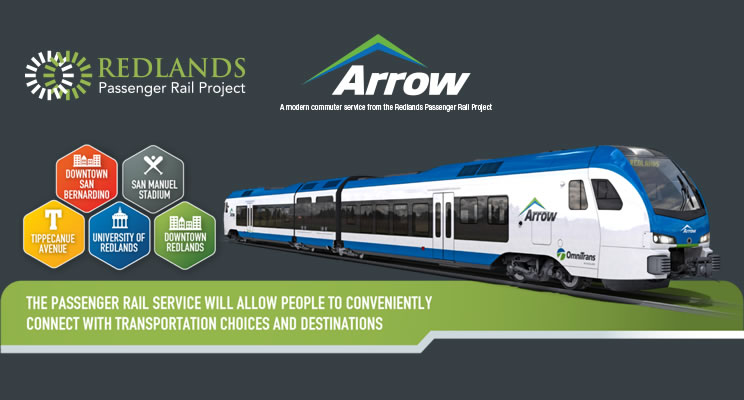kEiThZ
Superstar
I have no experience with DBFOM contracts and there very well may be huge differences, but I have been peripherally involved in Ontario government procurement contracts involving both computer systems and telecommunications networks. The government is horrible at setting out clear parameters in terms of aspects such as equipment, performance, etc. and later enforcing them (they are even worse at in-house development; e-health anyone?). Deficiencies discovered after implementation often end up with the government throwing more money at the contractor because either they don't want to take the contractor to court, won't publicly admit they got into a flawed contract and/or the project is so far down the road (or the government is desparate because the preexisting system/process is so out of date) the contractor knows that there no turning back. The federal Phoenix payroll system is an example, as are the highway maintenance contracts of a few years ago. In one case, it was clear the a successful bidder didn't have the equipment to meet the contract, so the government's answer was to buy more and give it to them. Again, DBFOM contracts may well be different.
No specific experience with DBFOM contracts. But it sounds a lot like our performance based contracts on the military side. And for all that you hear about military procurement being broken, you never hear about performance based contracts, because they work quite well for us. And this has been the case federally for two decades now.
Sure, there's an element of competence required by the contract authorities and project teams to spec out required performance. But that burden is usually less than the knowledge required to discern between competing technologies, mapping out TRLs, and deciding what level of investment is required to deliver a desired level of services. All those decisions and risks are transferred to the bidder.
They are also not concerned with how much initial infrastructure costs that comes with the type of technology as the taxpayers are on the hook for that.
This statement shows you don't get how DBFOM contracts work.






